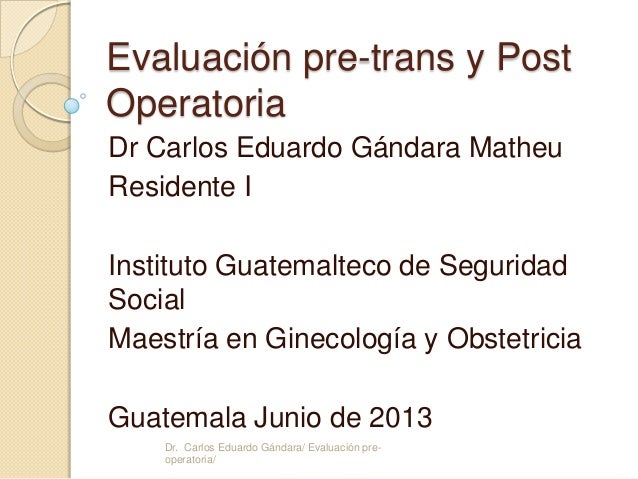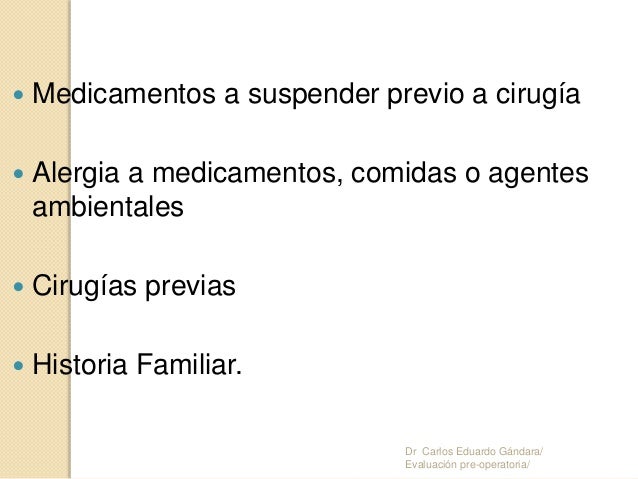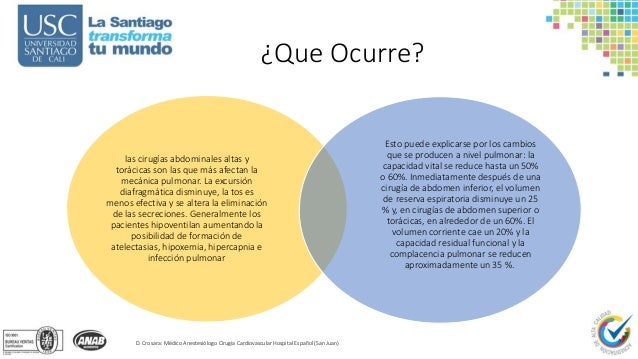
- Translate pro z se encuentra el paciente full#
- Translate pro z se encuentra el paciente professional#
Tratamiento de alfombra roja nm + loc adj Los clientes frecuentes tienen trato preferencial porque representan el 80 % de nuestras ganancias. Regular customers are given preferential treatment because they provide 80% of our income.Ĭlaro que tiene trato preferencial: su padre es el dueño de la empresa. Of course he gets preferential treatment-his father owns the company. Los sobrevivientes al accidente necesitaron tratamiento médico.Įl tratamiento ambulatorio se realiza en el centro de salud, sin necesidad de ingresar al paciente. The crash survivors required medical treatment. (medical care in short-term hospital facility) Giving localized heat treatment to sprained muscles can help them heal faster.ĭa a tus inferiores el debido trato humano. Heat treatment may be used to strengthen metals. Tratamiento contra la adicción a drogas nm + loc adj Tratamiento contra la drogadicción nm + loc adj Tratamiento con medicamentos nm + loc adj Radiation and chemotheraphy are the usual treatments for cancer. Mi perro comió de la basura, así que tuve que llevarlo a la veterinaria para que le hagan un tratamiento antiparasitario. My dog ate some garbage, so I had to take him to the vet and get him an anti-worm treatment. WordReference English- Spanish Dictionary © 2022: Compound Forms:

The artist's treatment of light is very eye-catching.Įl tratamiento de la luz del artista cautiva poderosamente la mirada. Me gusta el tratamiento que se da a los niños en este libro. Me gusta el enfoque de los niños en este libro. I like this book's treatment of children. Su forma de tratar a ese perro es inaceptable. Your treatment of that dog is unacceptable. Is something important missing? Report an error or suggest an improvement.

Nadie puede esperar un tratamiento especial. No one can expect to receive special treatment. Indicators of stress as evidenced by negative themes were more frequent in drawings of international medical graduates (IMGs) and older residents.WordReference English- Spanish Dictionary © 2022: Principal Translations When viewed as a whole, the residents' drawings are linked by common themes of psychological pressure, anxiety, a sense of being overwhelmed, and often depression, all of which are expressive of the stress they experienced. The chi-square test was used to measure the association between themes indicative of stress and individual risk factors.
Translate pro z se encuentra el paciente professional#
Professional art therapists unaware of the residents' identities evaluated the artwork and formulated positive and negative themes relevant to stress.
Translate pro z se encuentra el paciente full#
feelings about the last full year of residency (drawing 1), the stress experienced (drawing 2), and the sources of support and rejuvenation (drawing 3). Each resident made three drawings expressing his or her.


The relationships between theorized indicators of resident stress and important individual characteristics such as age, gender, resident year, and undergraduate training location of the resident were studied. This exploratory study investigates the themes and characteristics of 16 family practice residents' artwork related to stress. Authors covered include: Woolf (viewed as a postmodernist 'precursor' rather than a 'high' modernist), Drabble, Tyler, Plath, Brookner, Paley, Lessing, Weldon, Atwood, Walker, Spark, Russ, and Piercy. In the second part of the book Patricia Waugh analyses the work of six 'traditional' and six 'experimental' writers, challenging the restrictive definitions of 'realist', 'modernist', 'postmodernist' in the light of the theoretical position developed in part one. This tendency has been intensified in discussions of postmodernism, and a new feminist aesthetic is thus badly needed. She argues that much women's writing has been inappropriately placed and interpreted within a predominantly formalist-orientated aesthetic and a post-Freudian/liberal, individualist conceptualization of subjectivity and artistic expression. Her route takes her through the theorization of self offered by Freud and Lacan and on to the concept of subjectivity articulated by Kleinian and later object-relations psychoanalysts. She attempts to uncover the reasons why women writers have been excluded from the considerations of postmodern art. Why then have the critical debates arising out of these movements had so little to say about each other? Patricia Waugh addresses the relationship between feminist and postmodernist writing and theory through the insights of psychoanalysis and in the context of the development of modern fiction in Britain and America. 'Postmodernism' and 'feminism' have become familiar terms since the 1960s, developing alongside one another and clearly sharing many strong points of contact.


 0 kommentar(er)
0 kommentar(er)
